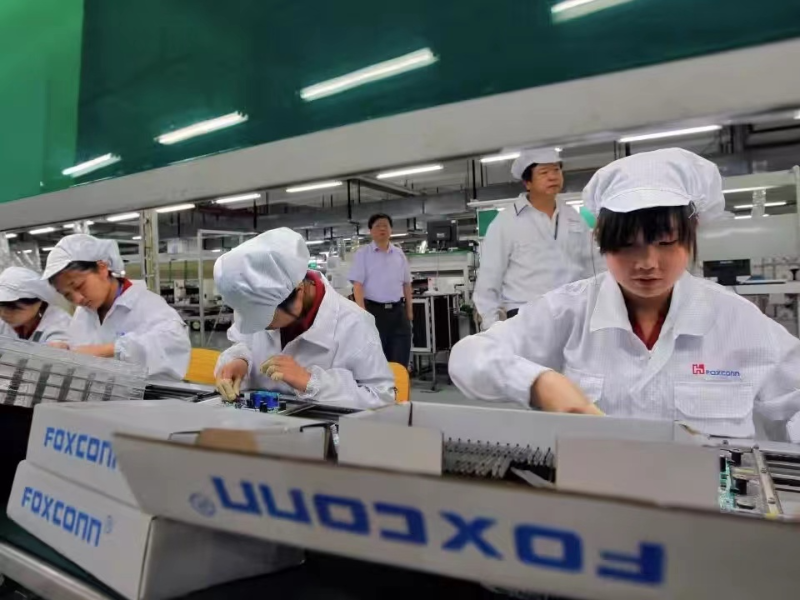- Foxconn, an Apple supplier, is contemplating a rotating CEO system to groom future leaders, responding to investor calls for improved governance.
- Senior executives have discussed the plan, aiming to prevent entrenched leadership and foster collaboration among managers.
- If implemented, four CEOs would rotate every six months, overseeing core operations in a departure from the current single-leadership model.
Apple supplier Foxconn is contemplating the implementation of a rotating chief executive officer system as part of a significant restructuring of its management framework aimed at fostering emerging talent.
The adoption of a rotating CEO structure is rare among companies worldwide; however, analysts suggest it can enhance collaboration, prevent entrenched leadership, and cultivate a new generation of leaders.
Also read: Andrew Aude: Apple sues ex-iOS engineer for 5-year data leak
Also read: Apple cuts jobs after dropping self-driving car plans
It is a response to investor demands for enhanced corporate governance
According to three sources familiar with the matter who spoke to Reuters, the decision to explore this strategy is purportedly in response to investor demands for enhanced corporate governance, particularly the separation of the CEO and chairperson roles, which have both been held by Young Liu since 2019 at Foxconn, a 50-year-old Taiwanese conglomerate known as the world’s largest contract electronics manufacturer and a key assembler of iPhones.
Senior executives at Foxconn, whose clientele includes Amazon, have reportedly been discussing the concept of rotating CEOs for several months, according to the three sources, all of whom spoke on condition of anonymity due to the sensitive nature of the topic. Foxconn has declined to comment on the matter.
Under consideration is the appointment of four CEOs to serve on a rotating basis, with each term lasting six months, although details remain fluid and subject to change, as indicated by two of the sources.
The final decision rests with Foxconn’s management
The final decision rests with Foxconn’s management, who are currently deliberating on various aspects of the proposed system, including the selection criteria for rotating CEO candidates, their respective responsibilities, and their collaboration with Young Liu.
The rotating CEOs would likely oversee Foxconn’s core business operations, including smartphones, personal computers, and televisions while excluding activities of major subsidiaries such as Foxconn Interconnect Technology and Foxconn Industrial Internet.
This potential shift in leadership structure is seen by one source as a departure from the prevailing “one-man rule” system at Foxconn, signalling a transition towards a more collaborative approach where managers rotate responsibilities for overseeing the company’s extensive operations spanning multiple subsidiaries and global operations.

